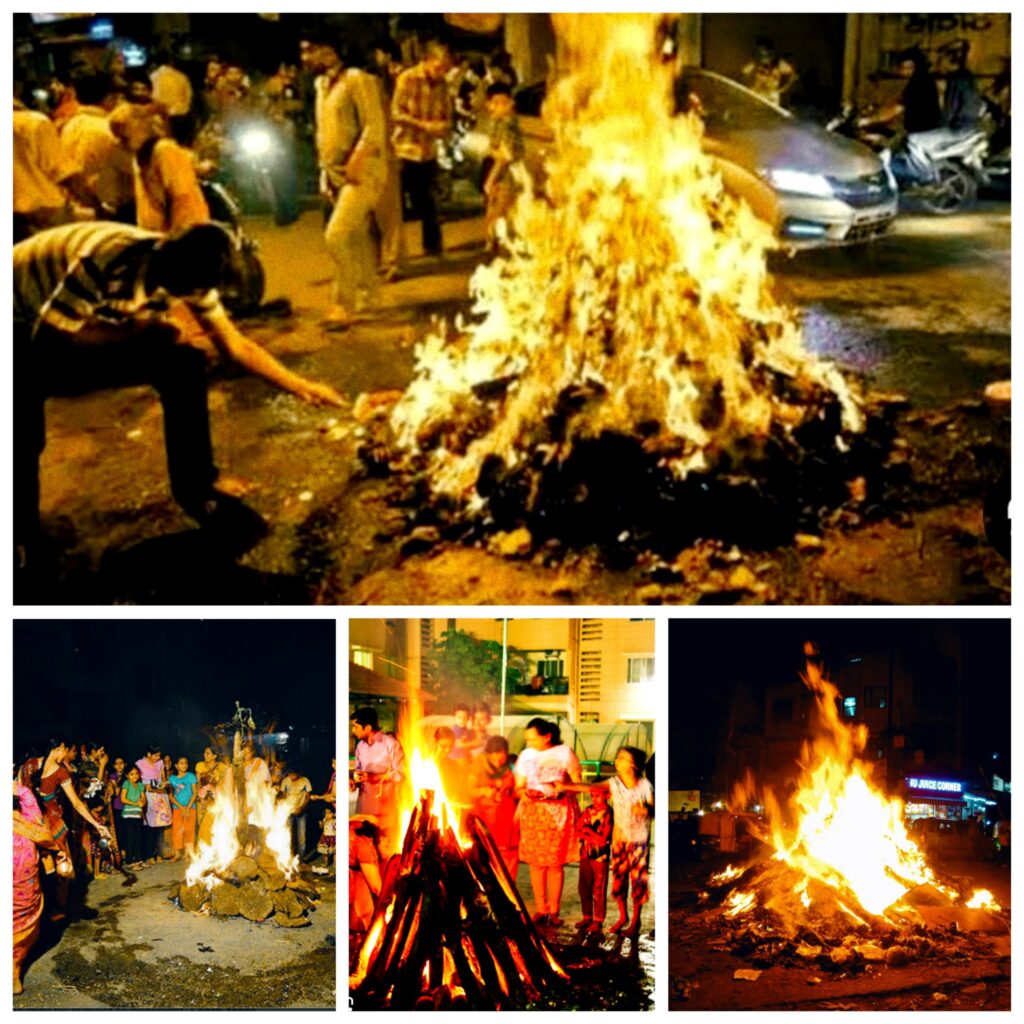
Holika Dahan, also known as Choti Holi, marks the beginning of the vibrant and joyous festival of Holi celebrated predominantly in India but also observed in various parts of the world. This ancient Hindu festival holds immense cultural and religious significance, symbolizing the victory of good over evil and the arrival of spring. Let’s delve into the features, significance, and global celebration of Holika Dahan.
Holika Dahan is typically celebrated on the night before the main day of Holi. It involves the ceremonial burning of a bonfire, symbolizing the triumph of good over evil and the victory of righteousness. People gather around the bonfire, sing traditional songs, offer prayers, and perform rituals, including circling the fire and seeking blessings for prosperity and happiness.
The story behind Holika Dahan is deeply rooted in Hindu mythology. It commemorates the tale of Prahlad, a devotee of Lord Vishnu, and his miraculous escape from the demoness Holika, who was immune to fire. According to legend, Prahlad’s unwavering faith in divinity protected him, while Holika’s intentions to harm him resulted in her demise in the flames. Hence, Holika Dahan symbolizes the victory of virtue and the eradication of evil forces.
For people across India and the Hindu diaspora, celebrating Holika Dahan fosters a sense of unity, spirituality, and cultural identity. It serves as a reminder of the power of faith, righteousness, and the eventual triumph of good over evil. Additionally, Holika Dahan marks the onset of Holi, a festival known for its exuberant colors, joyous festivities, and the strengthening of bonds among communities.
Manashimaya
copyright @Timeline Treasures
